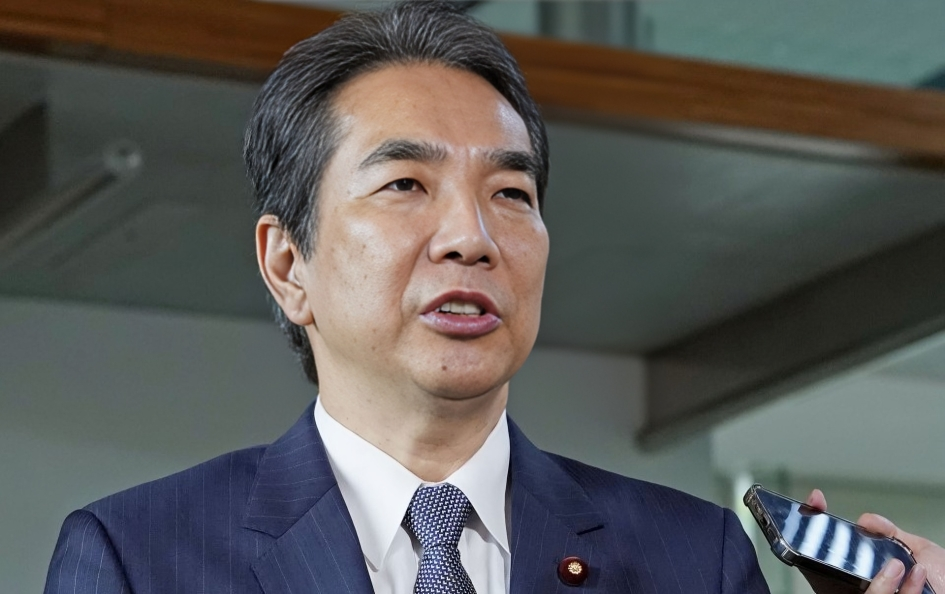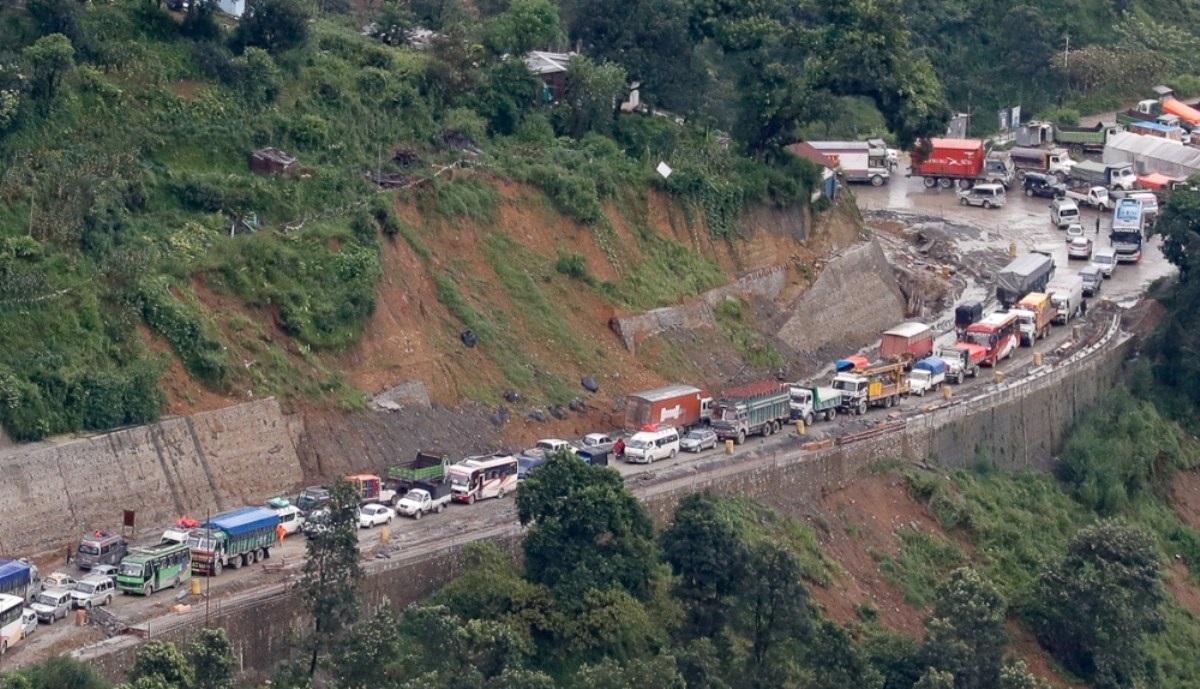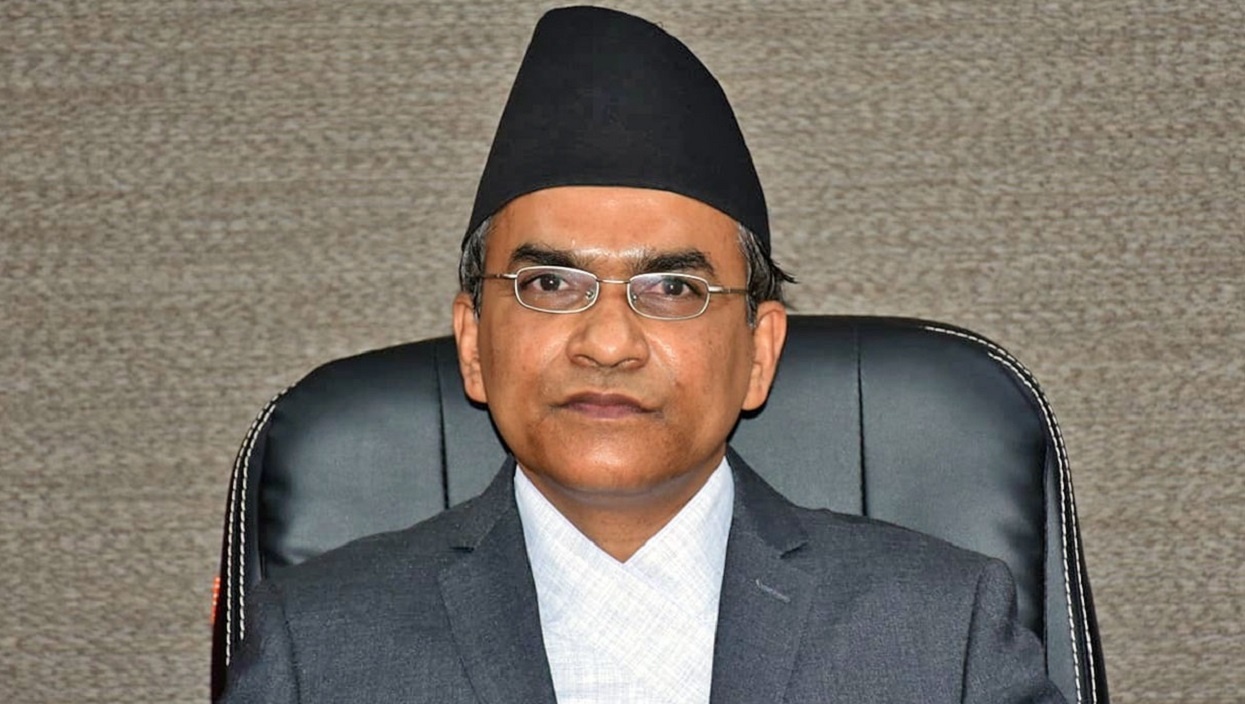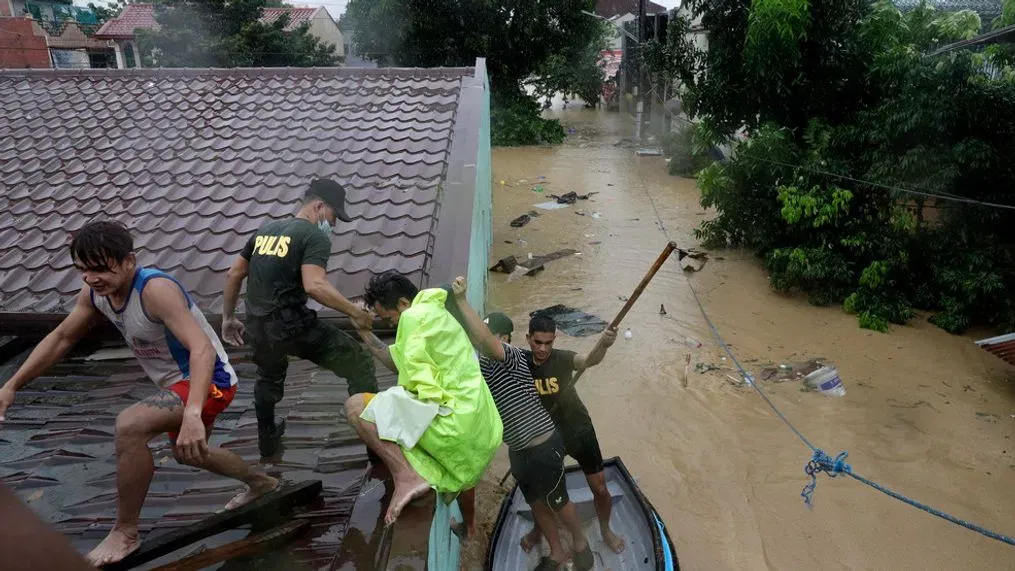Kathmandu’s air pollution reaches hazardous levels, health experts advise caution
Despite being listed as one of the most polluted cities on Friday, the air quality in Kathmandu remains alarmingly high today.
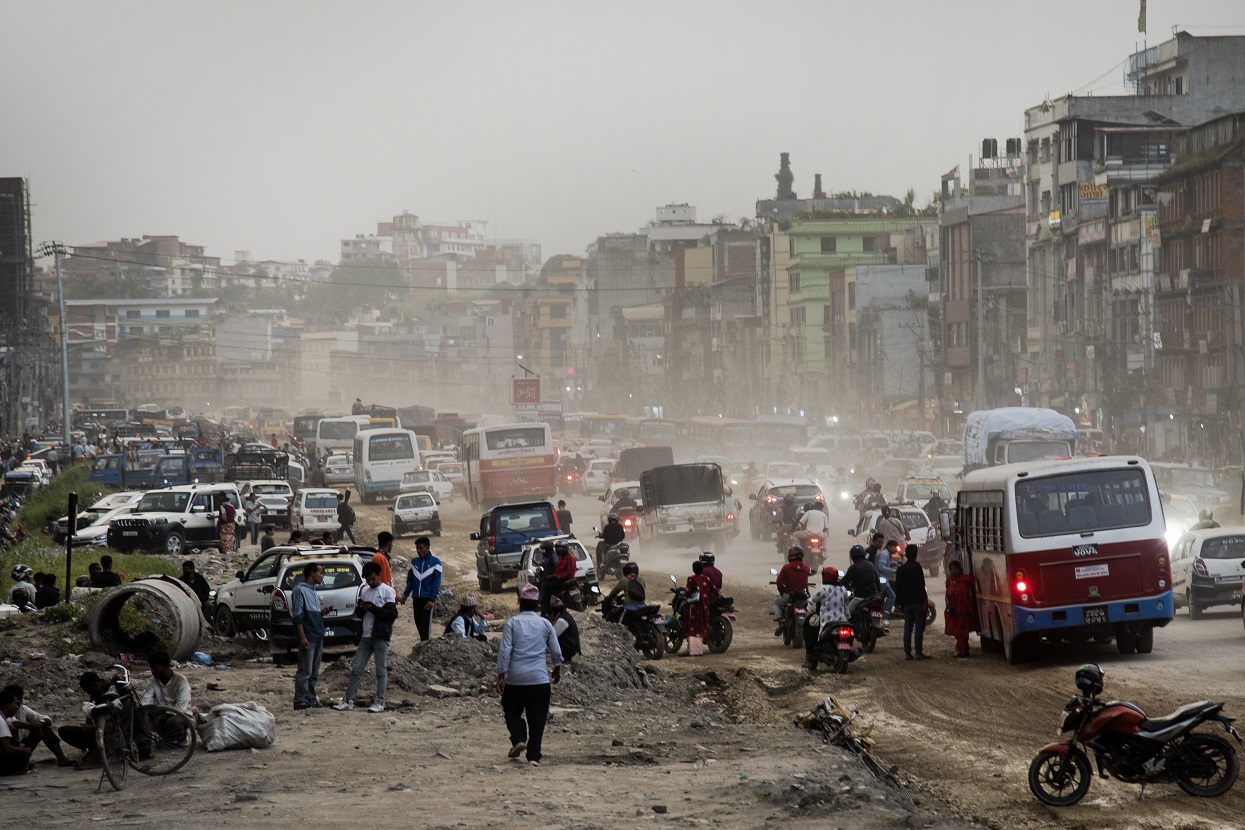
KATHMANDU: Kathmandu, the capital of Nepal, has emerged as the most polluted city globally.
Despite being listed as one of the most polluted cities on Friday, the air quality in Kathmandu remains alarmingly high today.
IQ Air, an international organization monitoring air pollution, recorded a pollution index of 190 for Kathmandu at 9:12 AM, indicating hazardous levels detrimental to human health.
The Meteorological Forecast Division attributes the persistent pollution to the absence of significant rainfall in the Kathmandu Valley.
List of 10 most polluted cities in the world:-
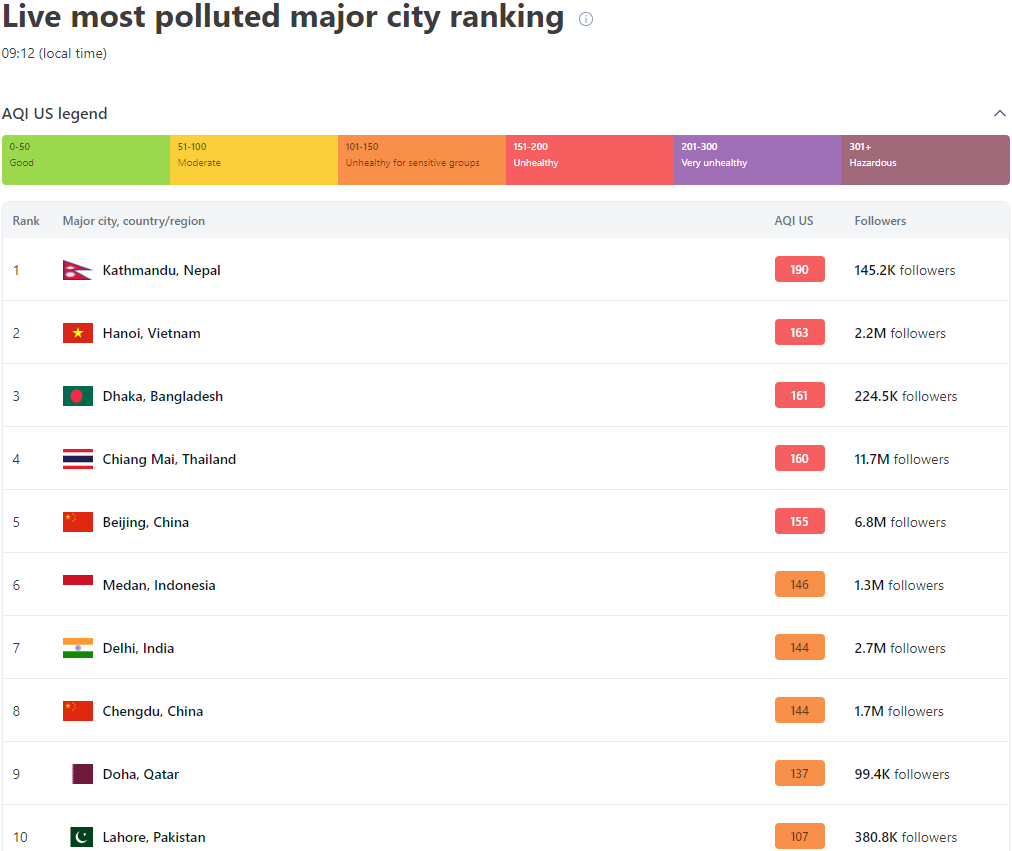
Air Quality Index (AQI) ranging from 301 to 400 is considered hazardous, while AQI from 401 to 500 is deemed extremely hazardous.
AQI from 0 to 50 is considered good, while AQI from 51 to 100 is considered moderate.
Environmental health experts, including Yadav Joshi, advise against outdoor activities during increased pollution times due to increased airborne dust and smoke. ”
Fine particulate matter and small dust particles float in the lower atmosphere, which can enter our nose and mouth directly,” he says, “Patients with respiratory diseases such as asthma and pneumonia should wear masks as it significantly affects them.”
Professor Ram Prasad Regmi, who has studied the factors of air pollution in Kathmandu, explains that when cold air is trapped below and warm air is above, pollution increases. Hence, polluted air cannot escape outside the valley for a long time.
“This creates a stable layer of atmospheric surface over the valley,” he says, “which prevents the upward movement of emitted air pollution into the atmosphere.”




